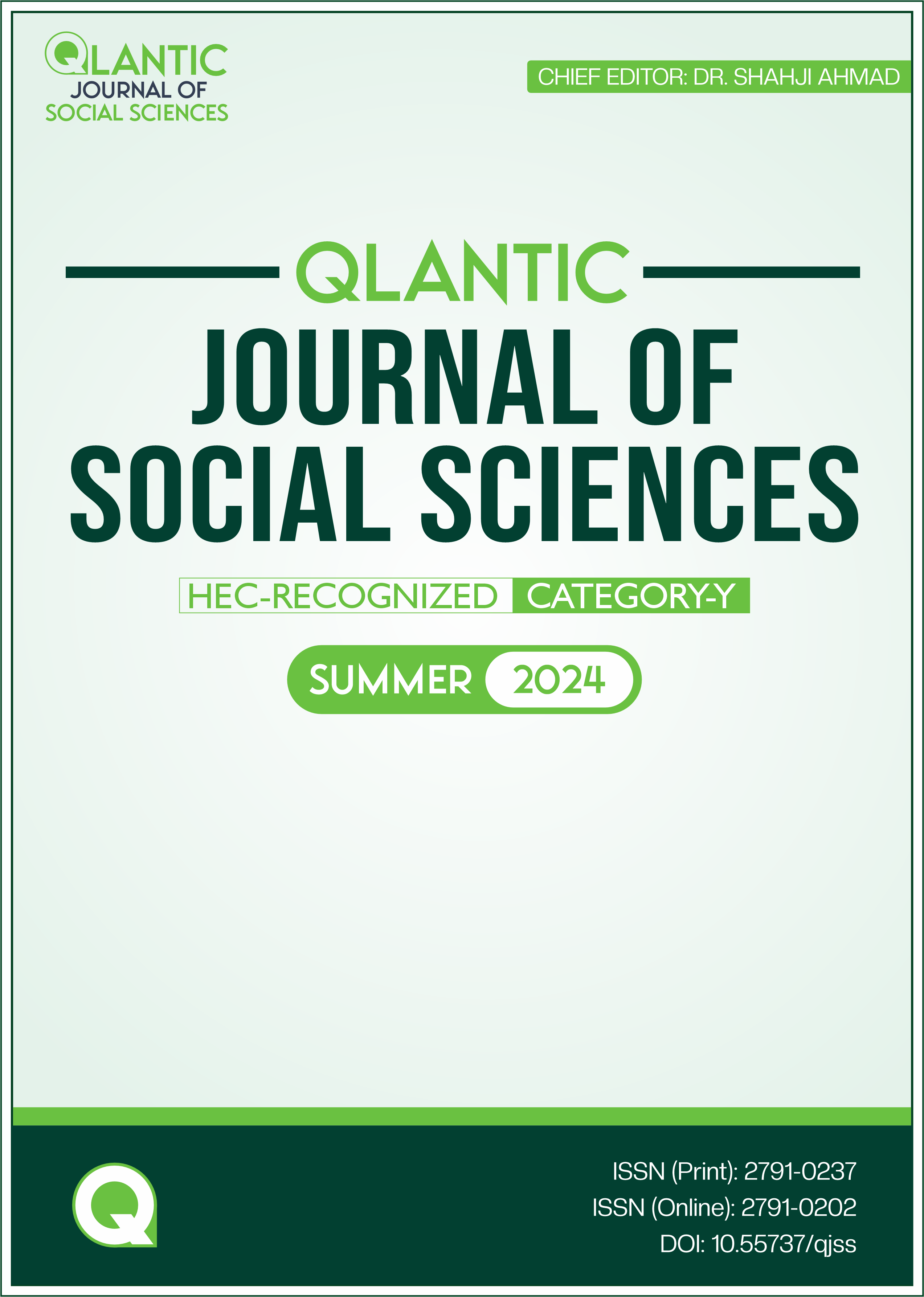Evolution of Communication: A Comparative Study from Cave Paintings to Emojies
DOI:
https://doi.org/10.55737/qjss.770639507Keywords:
Communication, Evolution, Cave Paintings, Writing, Printing Press, Digital Communication, Emojies, Technological AdvancementsAbstract
Communication has always been an essential part of human existence, which makes us different from other creatures. This research paper explores the evolution of communication from its primitive forms in ancient times with a comparative analysis of communication in the modern age. The researcher traced the evolution of communication, starting from cave paintings and smoke signals and moving to advanced tools such as writing systems, printing, and communication in the digital era. This study highlights the significant milestones in the history of human communication and its evolution. In the ancient era, when communication was static, the method of giving messages and information that people used changed the passage of time and the con conversion. The paper focuses not only on evolution but also on the comparison of old and new methods and how these are similar in the modern age. It underlines the transition of communication from the static form, localized methods, to the dynamic and globalized forms of communication, advancing to the pervasive use of emojis. The analysis in this paper draws a comparison between communication in the ancient era and the techniques used for different messages and communication in modern times, such as digital expressions, focusing on the continuous expedition for effective and efficient ways to share information and emotions.
Downloads
References
Houston, S. (Ed.). (2004). Anyang Writing and the Origin of the Chinese Writing System. In The First Writing: Script Invention as History and Process. Cambridge University Press.
Berners-Lee, T., & Fischetti, M. (1999). Weaving the Web: The Original Design and Ultimate Destiny of the World Wide Web. HarperOne.
Clottes, J. (2008). Cave Art. Phaidon Press.
Darnell, J. C. (2005). The Inscription of Tjemu in the Tomb of Pere at Saqqara and Other Early Records of Dynasty XVIII. The Journal of Egyptian Archaeology, 91, 41-55.
Febvre, L., & Martin, H. J. (1997). The coming of the book: the impact of printing 1450-1800 (Vol. 10). Verso.
George, A. (2003).The Epic of Gilgamesh: The Babylonian Epic Poem and Other Texts in Akkadian and Sumerian. Penguin Classics.
Goldwasser, O. (2010). How the Alphabet Was Born from Hieroglyphs. Biblical Archaeology Review, 36(2), 40-53. https://www.torahinmyheart.com/v/vspfiles/downloadables/00_Origins_of_the_Aleph-Bet.pdf
Hafner. K, & Lyon, M. (1996). Where Wizards Stay Up Late: The Origins of the Internet. Simon & Schuster.
Innis, H. A. (1951). The Bias of Communication. University of Toronto Press.
Kramer, S. N. (1963). The Sumerians: Their History, Culture, and Character. University of Chicago Press.
Pereira, S. (2016). The Emoji Code: The Linguistics Behind Smiley Faces and Scaredy Cats. Firefly Books.
Schmandt-Besserat, D. (1996). How Writing Came About. University of Texas Press.
Tsien, T. H. (1985). Written on Bamboo and Silk: The Beginnings of Chinese Books and Inscriptions. University of Chicago Press.
Published
Issue
Section
License
Copyright (c) 2024 Aamir Ayub, Yasir Shehzad, Shakeel Ahmad

This work is licensed under a Creative Commons Attribution-NonCommercial 4.0 International License.




